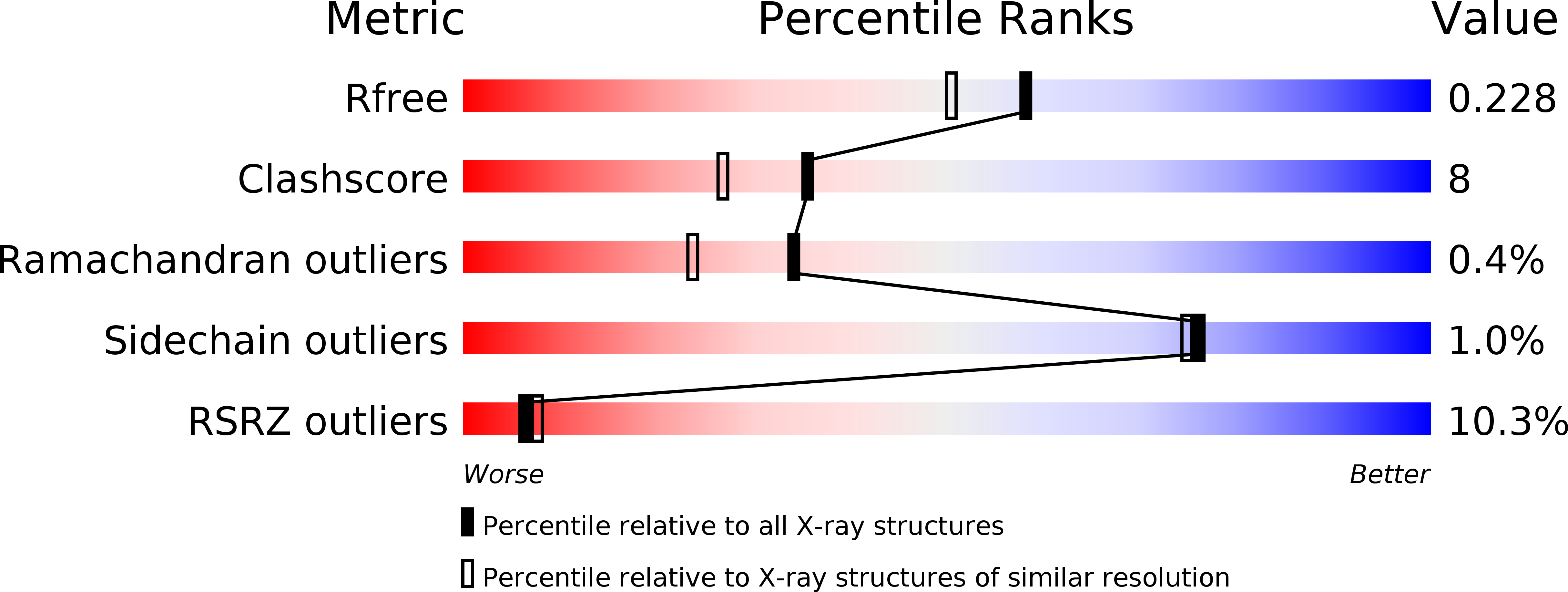
Deposition Date
2019-05-25
Release Date
2019-10-23
Last Version Date
2024-10-23
Entry Detail
PDB ID:
6P43
Keywords:
Title:
Yeast cytochrome c peroxidase in complex with iso-1 cytochrome c (Y48K)
Biological Source:
Source Organism:
Host Organism:
Method Details:
Experimental Method:
Resolution:
1.91 Å
R-Value Free:
0.22
R-Value Work:
0.19
R-Value Observed:
0.19
Space Group:
P 1


